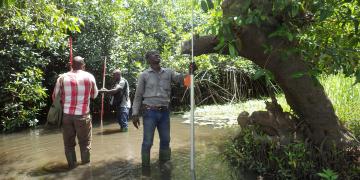Promoting ownership of the social community-based restoration initiative and the participation of all social classes
Micro-zoning of the selected plot according to the soil type, the topography and the identification of adapted local plant and tree species
Development of specific techniques to protect and irrigate the plants
Promotion of income-generating activities and of improved stoves
